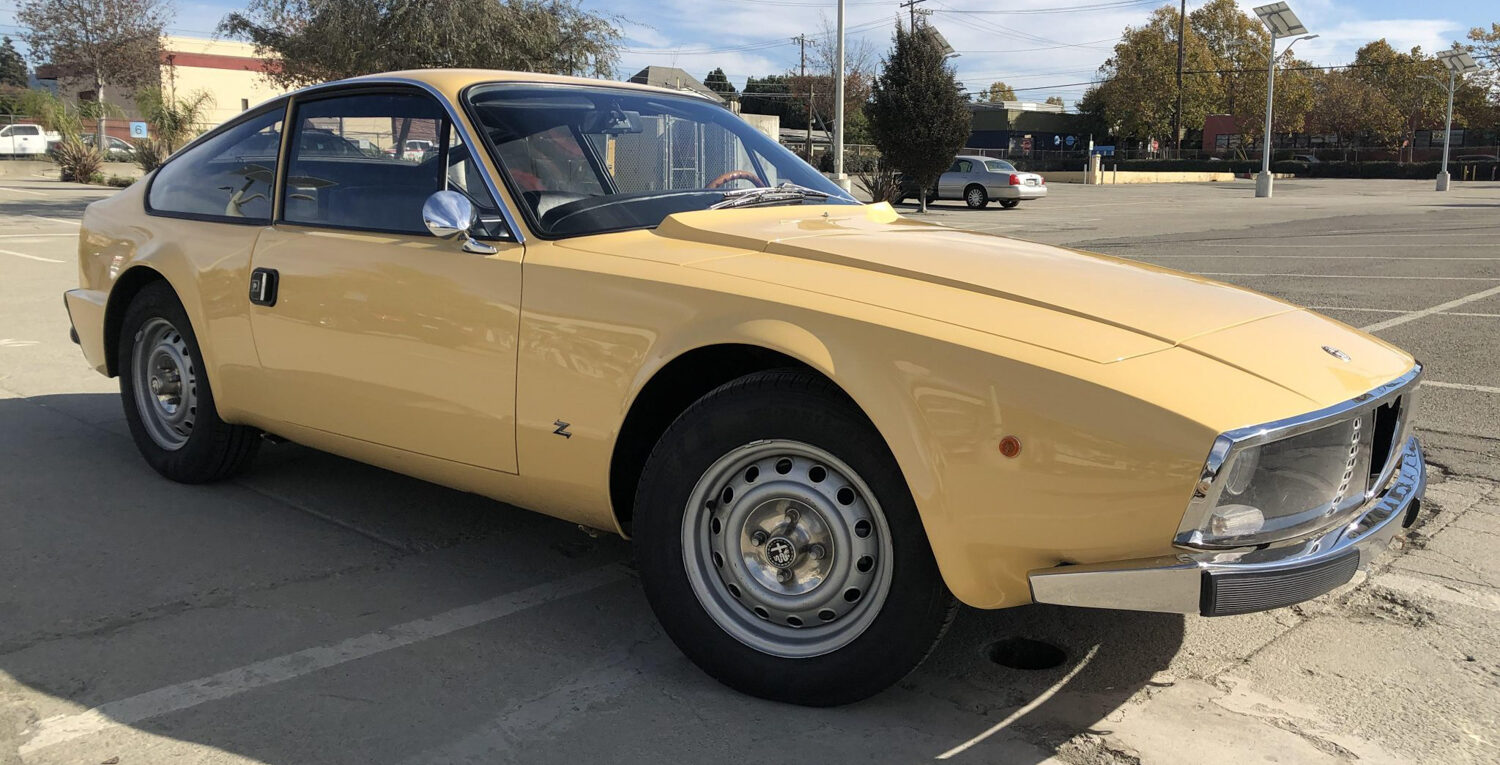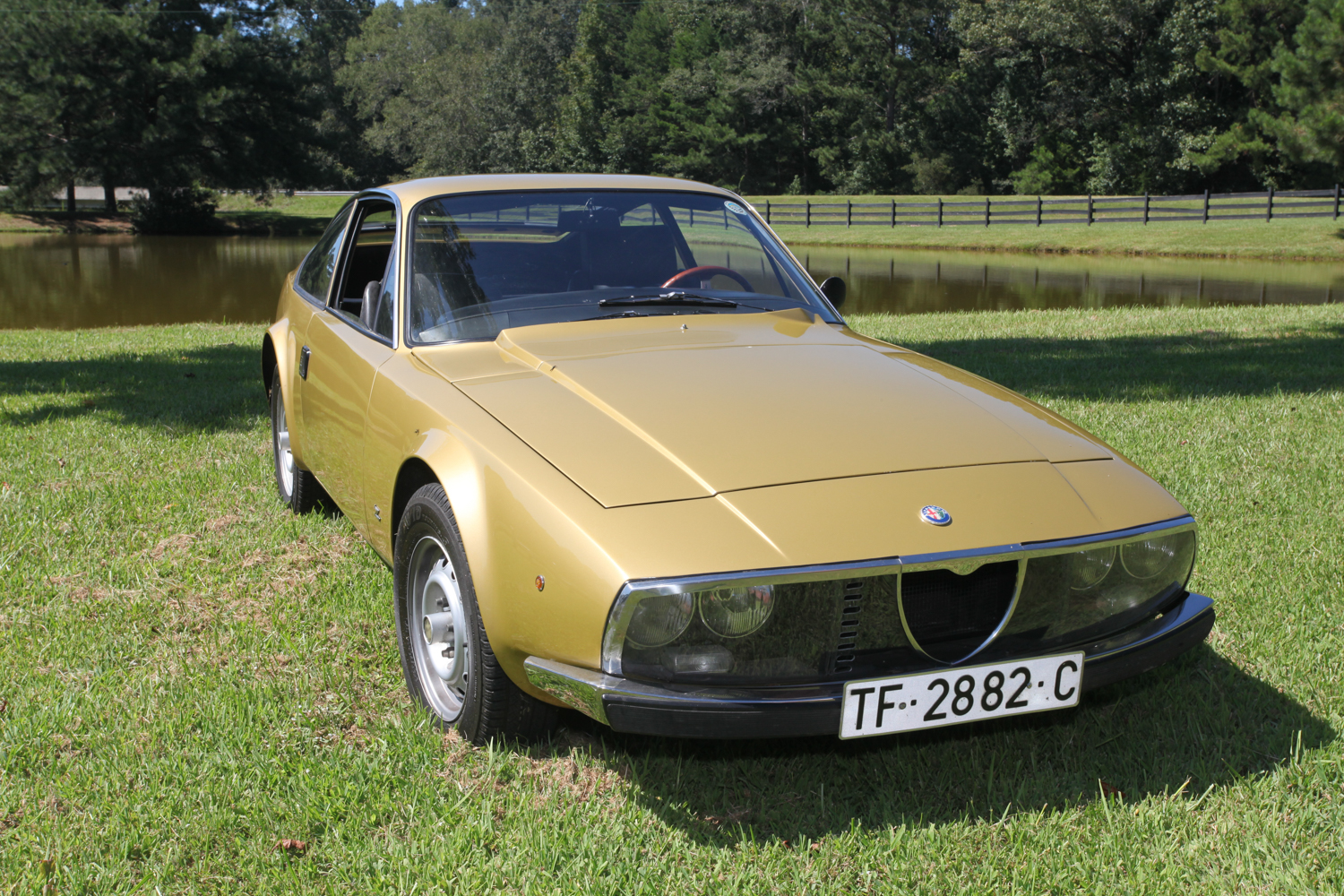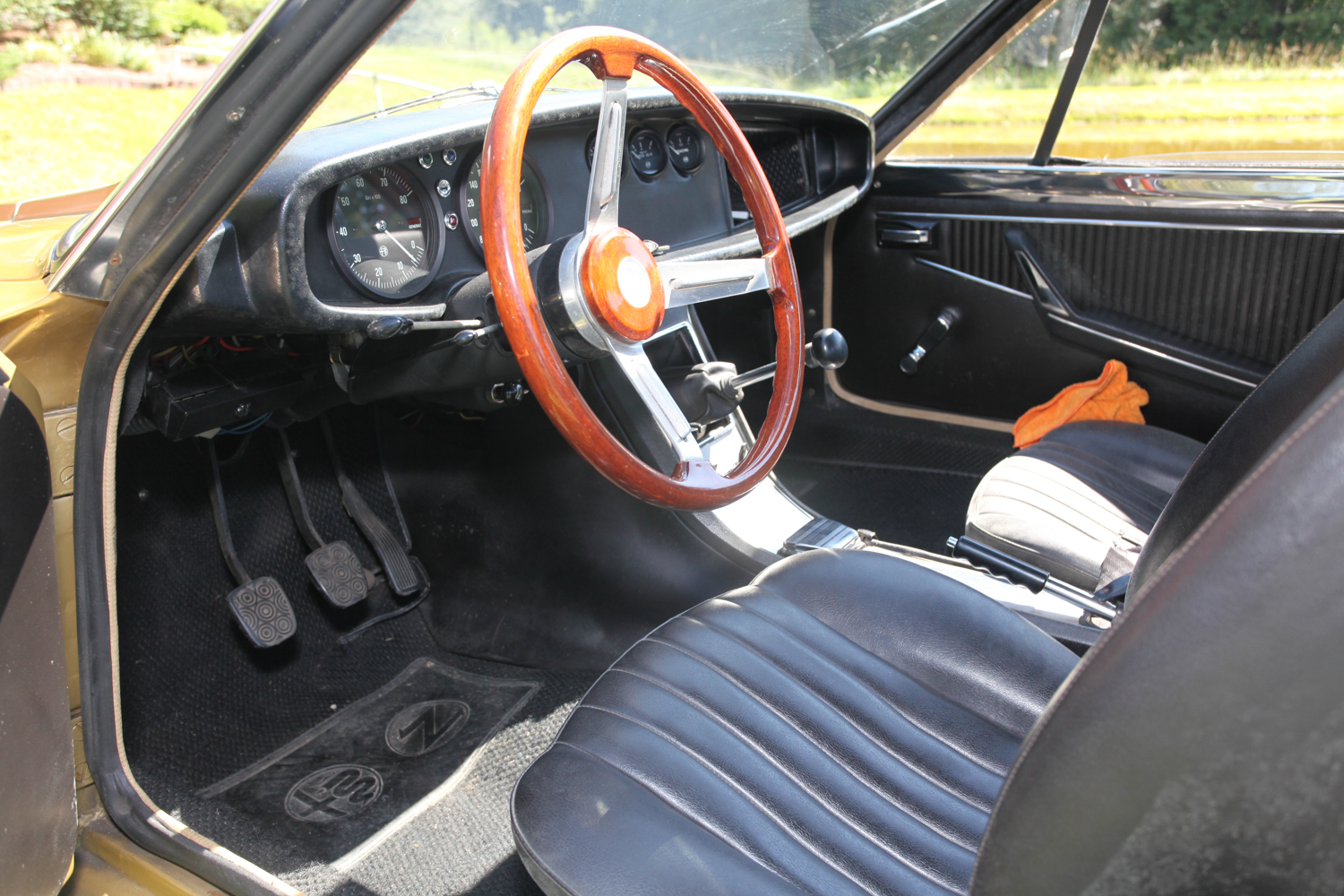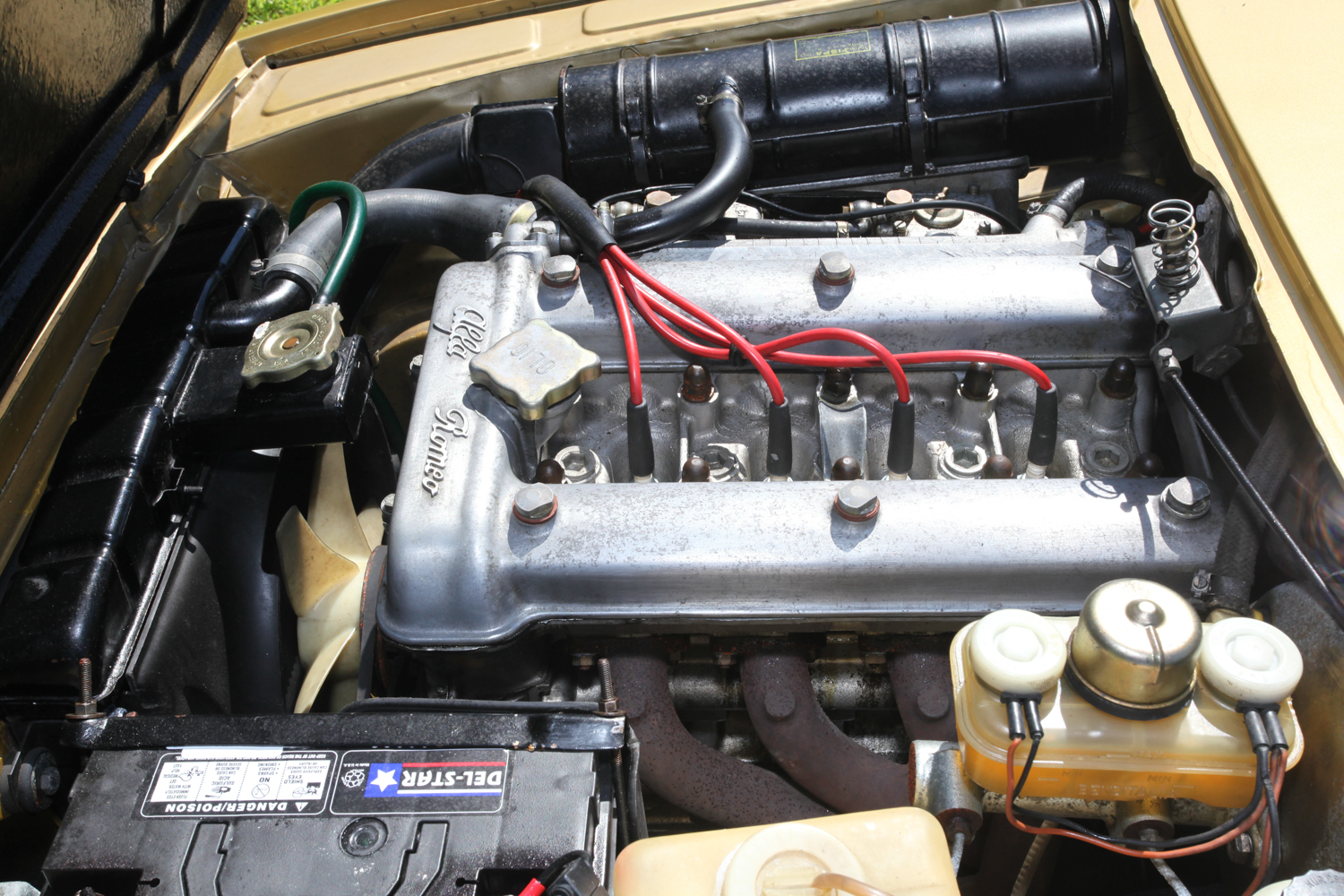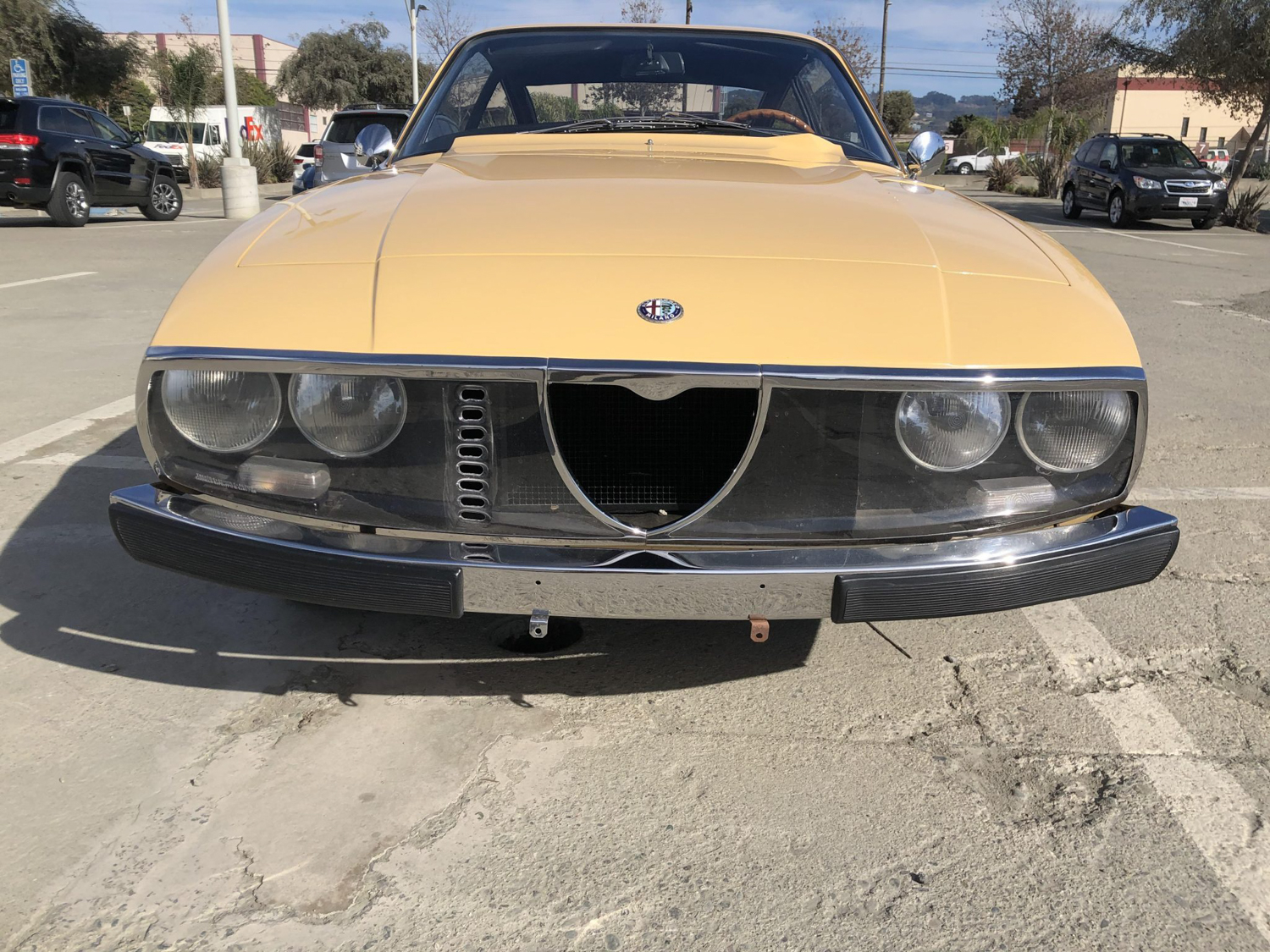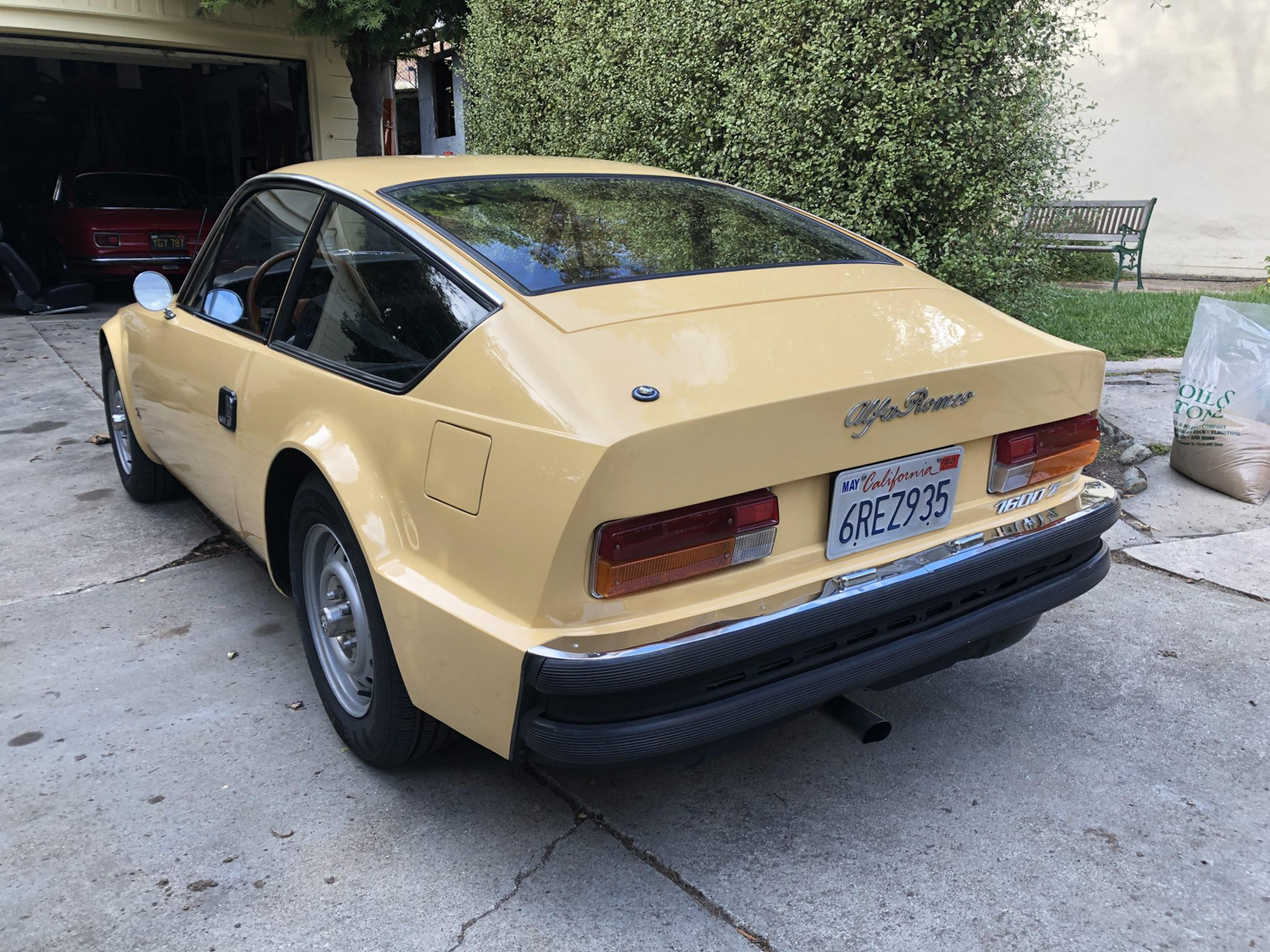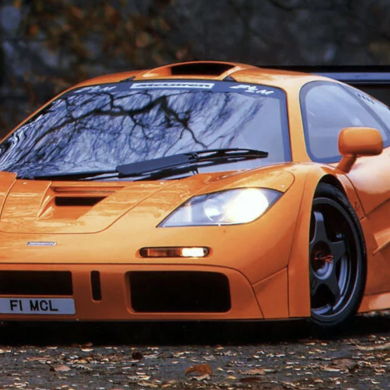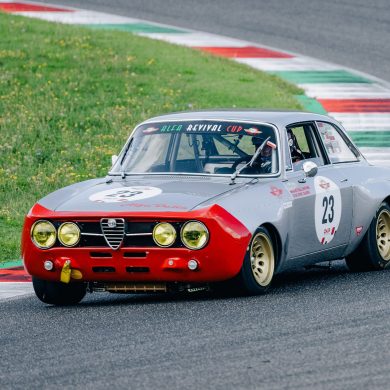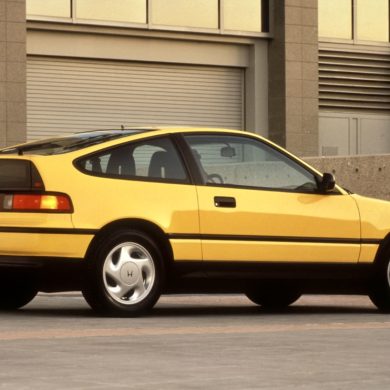Ercole Spada was one of the most prolific sports car designers of the post-war era. Though his name is not nearly as recognized as Giugiaro, Gandini, or Scaglione, his body of work contains some of the most advanced and memorable designs of the 20th century. With his illustrious career beginning at Zagato, Spada penned numerous significant designs including the Aston Martin DB4 GT Zagato and Alfa Romeo TZ1 and TZ2 – both before age 25. Spada would go on to work for Ford, BMW, and other companies in his career, but while at Zagato, Spada presented one of his most daring and advanced designs. Built in partnership with Alfa Romeo, the Junior Zagato, offered from 1969-1975, was produced by Zagato as its own independent offering based on the Alfa Romeo Giulia platform.
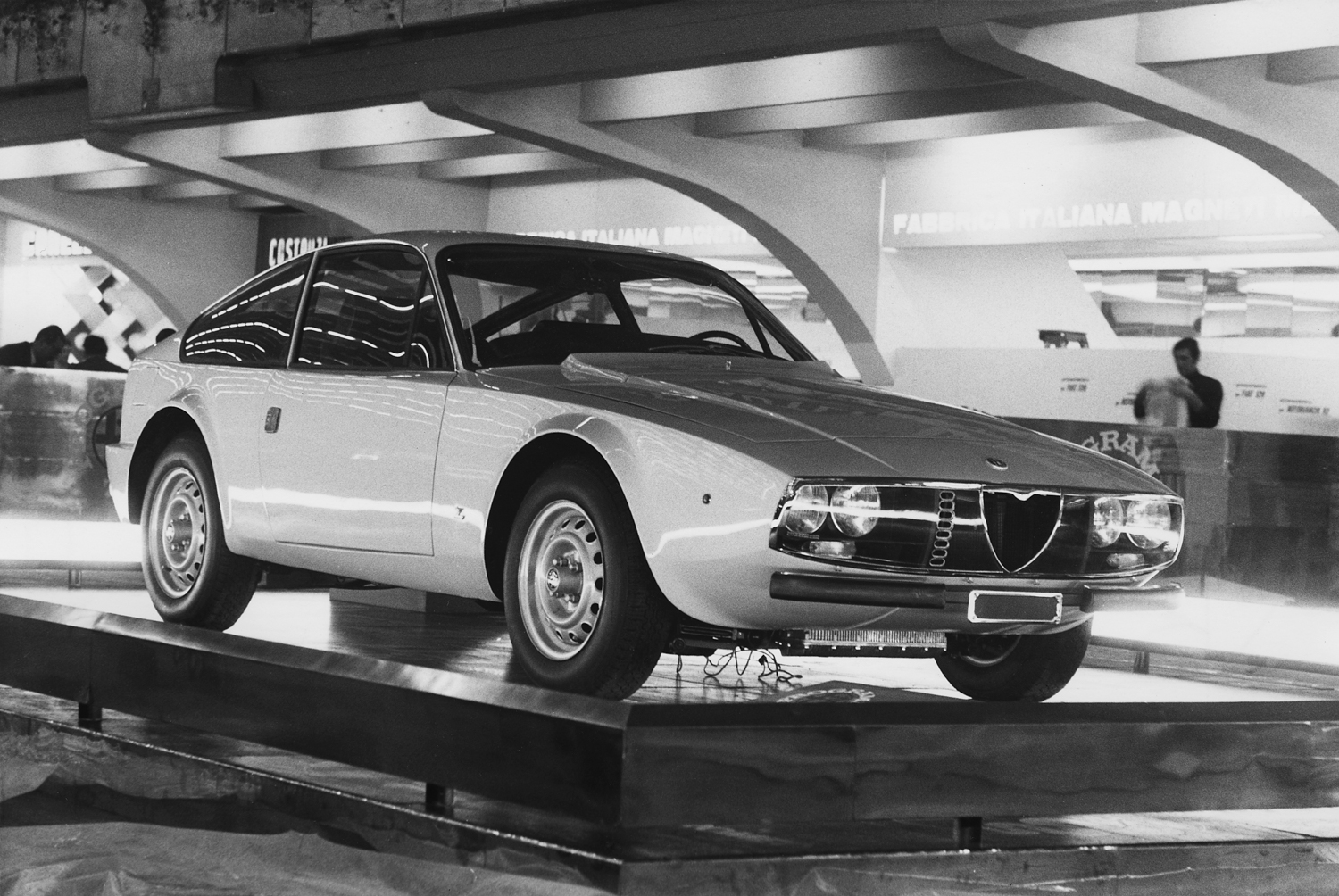
Calling on his traditional engineering background and education, Spada was perpetually intrigued with aerodynamics and the effect of airflow on high-speed forms, particularly the studies performed in the 1930s by Swiss aerodynamicist Wunibald Kamm, eventually the namesake to the Kamm tail feature that would become a large part of Spada’s designs. The Alfa Romeo Junior Zagato would feature a sharp, angular body with unique details far ahead of cars from this era. Not only was the body design uniquely formed, the expansive glass, spacious interior, and unusual grille treatment were like no other car on the market. Manufactured from 1969-1975 the Junior Zagato was not a big selling car, but it was never intended to be. The project served both Zagato and Alfa Romeo quite well, demonstrating that Zagato could build cars in a volume production manner, and that Alfa Romeo was still capable of offering cars that featured unique and exciting variation from their production offerings.
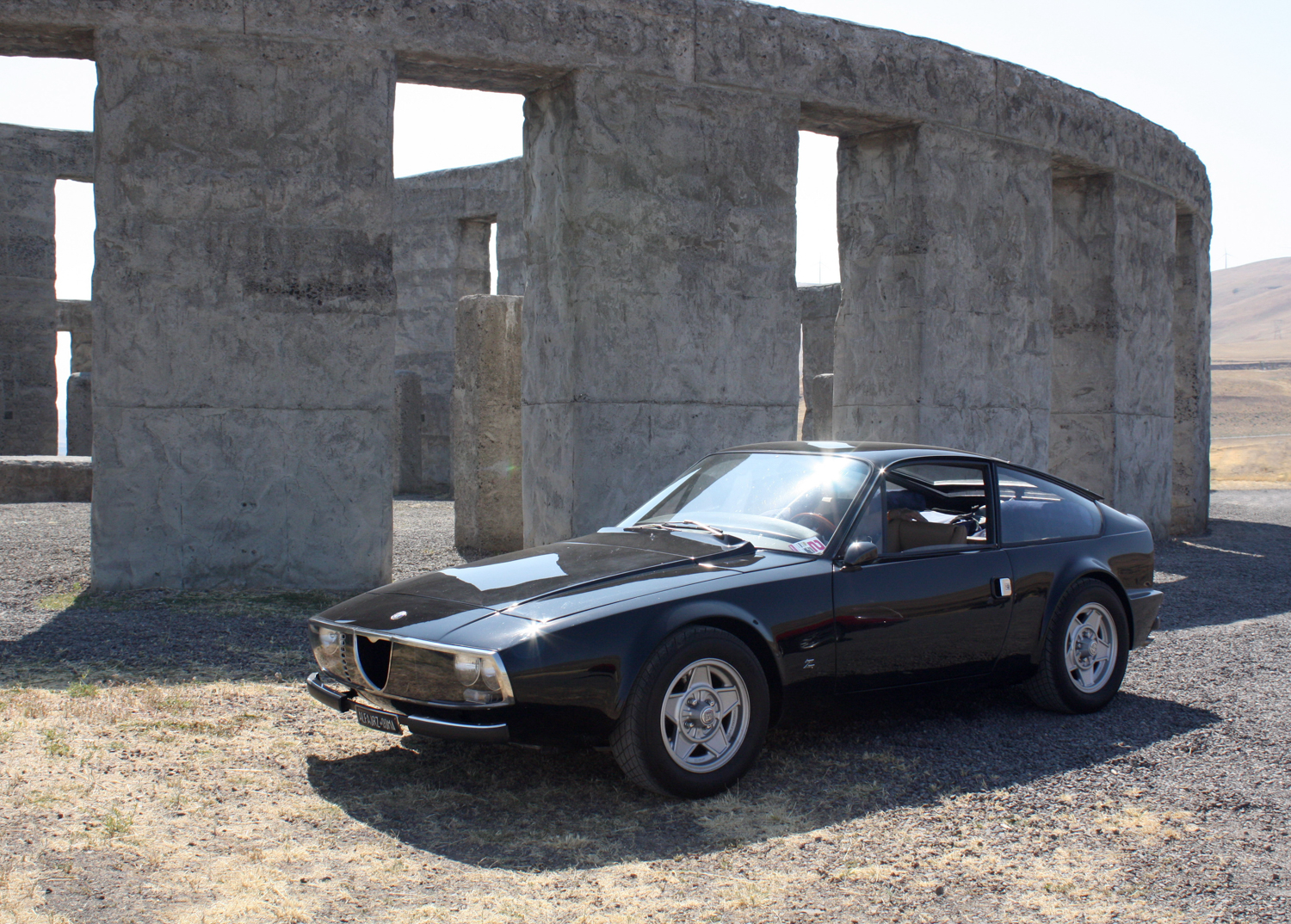
Had the Junior Zagato been nothing more than a specialized project that Spada could add to his growing resume of important cars, it might have been enough to qualify it as a rather special car, both in design and performance. But the Junior Zagato ended up doing something far more important to the history of automobile design. It revolutionized small car design.
The Junior Zagato delivered a very Avante Garde package. Looking at it today it still appears fresh and dynamic. Everything about the car, from the cleverly concealed windshield wipers to the fastback and hatch rear glass, to the fully covered plexiglass front fascia, creates a dynamic design that had never been captured in such an angular and linear form. Not only does the car appear to be in motion even when parked, the visual effect is almost as though it leans forward – as though one step into the future. The grille, perhaps the most interesting feature of the car, is entirely enclosed with a transparent curved sheet of plexiglass. The only opening is the negative space, revealing the traditional Alfa grille which allows air to enter. To the left of that opening is a set of offset slots that hint at the Alfa Romeo Montreal side vent theme Gandini cleverly installed in his original concept. Best of all, the round headlights are perched up into the grille opening, which creates scowling “eyebrow” effect as the front of the car appears to be angrily breathing down on you in your rearview mirror.
These traits would certainly have been welcome additions to even more conservative body designs, but Spada went further. The profile for the car is tall in the center and quickly drapes back to a fastback rear line and very tall Kamm tail. This angular character at the rear is oddly juxtaposed with expansive side glass that challenges typically seen small side glass openings for cars of this scale. The effect is not only panoramic from inside, the gently upsweeping curvature from the rear quarter glass and thin pilar structure gives the car a very low profile—especially with cars painted in light colors. If there was any doubt about the reach of this car from a design perspective, one need only compare it to the Bertone bodied variant GT Junior that Alfa Romeo offered concurrently with the Zagato. Both designs are beautiful, but Spada was reaching for tomorrow.
As advanced as this design was, like many innovations, the public was selective about their praise. Though sales were notable for the niche that the Junior Zagato was filling, potential buyers found the car to be too advanced. And while the public gradually would accept the ideas Spada had so cleverly envisioned, the Junior Zagato had already created an imprint in the industry as other car companies experimented with the future of small car design. Japan paid particularly close attention to the package Spada had configured. During the development of the Honda CRX in the early 1980s, one of the primary designers for Honda owned a Junior Zagato and used it extensively for concept development of the first generation CRX.

Capturing the two-seat configuration, fastback, rear hatch, Kamm tail, short wheelbase, twin-cam engine, and large side glass, the new CRX was the Junior Zagato of the 1980s. Four years later when the second generation CRX arrived in 1987, the similarities had grown even more pronounced. By then Spada had moved on to BMW where he would have a hand in the design of the 7 series and numerous other cars. Honda, in the meantime, would sell nearly a million CRX models, each one owing its genesis to the humble Zagato.
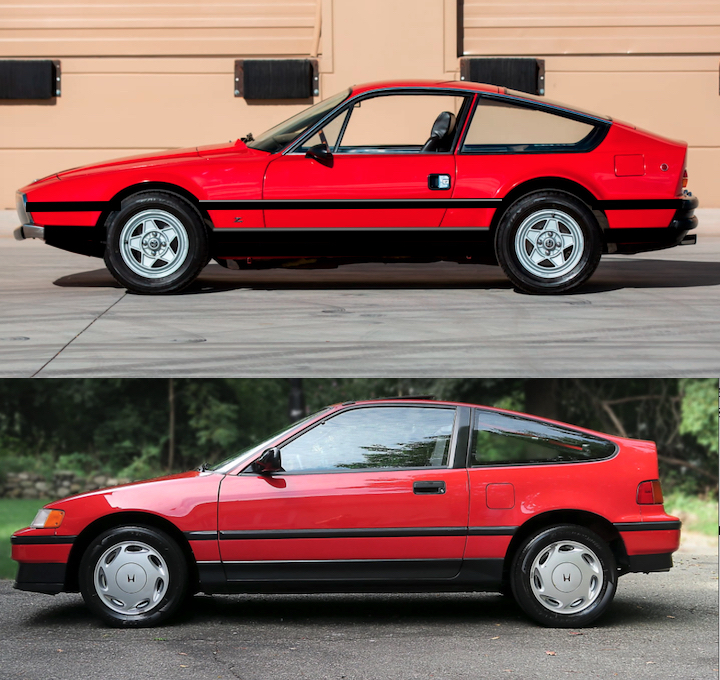
Not only had the Junior Zagato revolutionized small car design, it made a statement about Italian design, fashion, and the value of taking big risks with uncompromised ideas. Zagato gave Spada complete creative control, something that is all but impossible to achieve today in the automotive design world, in part because manufacturing costs are so high that companies can no longer afford to risk building a car that does not appeal to a larger segment of the population. Even the top models offered today by Alfa Romeo are largely derivative designs reflective of consumer tastes and currently accepted trends.
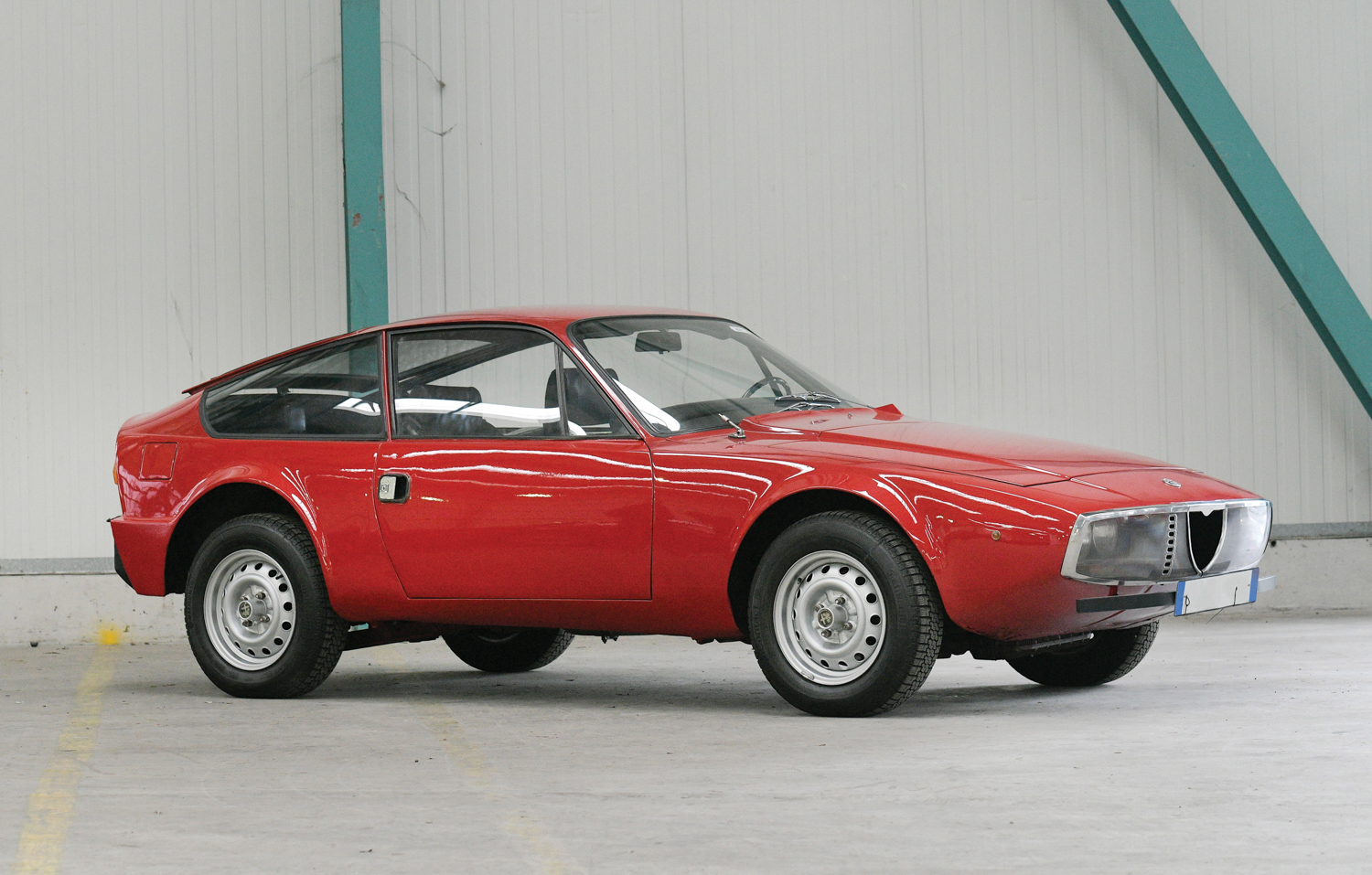
For those who enjoy driving a unique car, loaded with clever design elements, a delightful twin-cam engine, and the added historic context of having influenced decades of small car design, the Alfa Romeo Junior Zagato might be the perfect car for your tomorrow.


